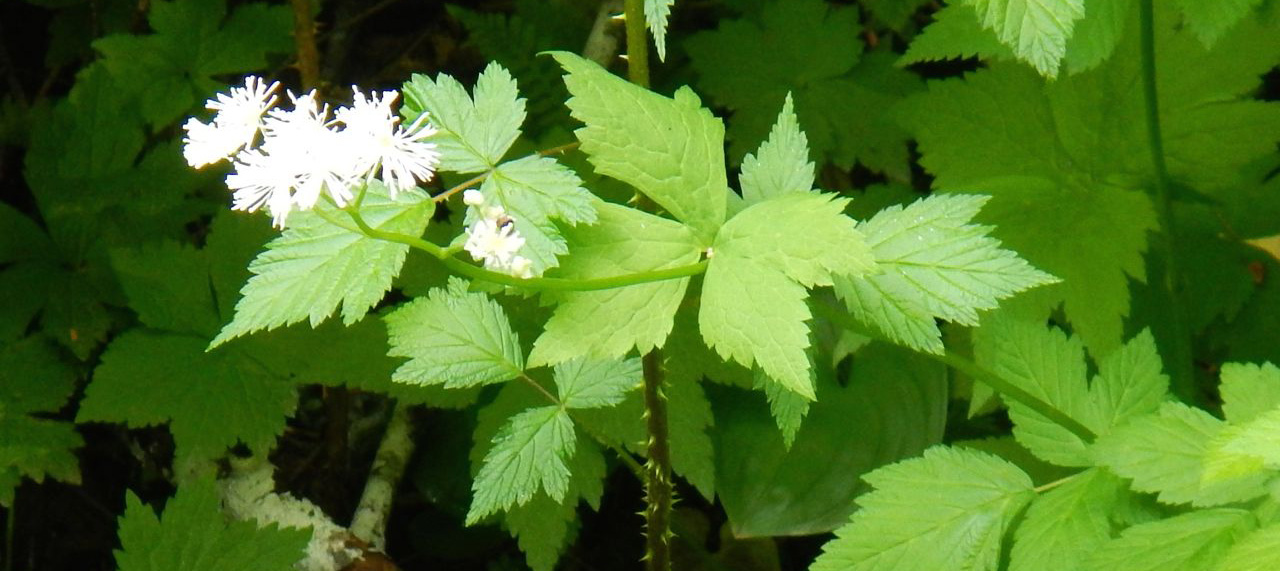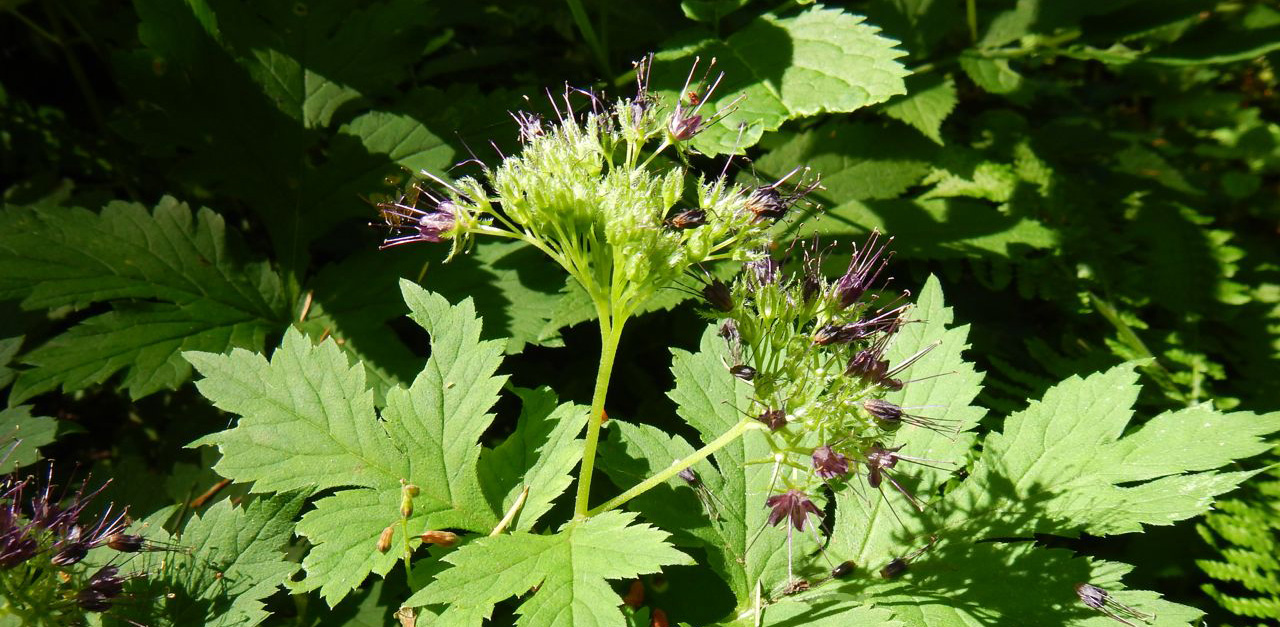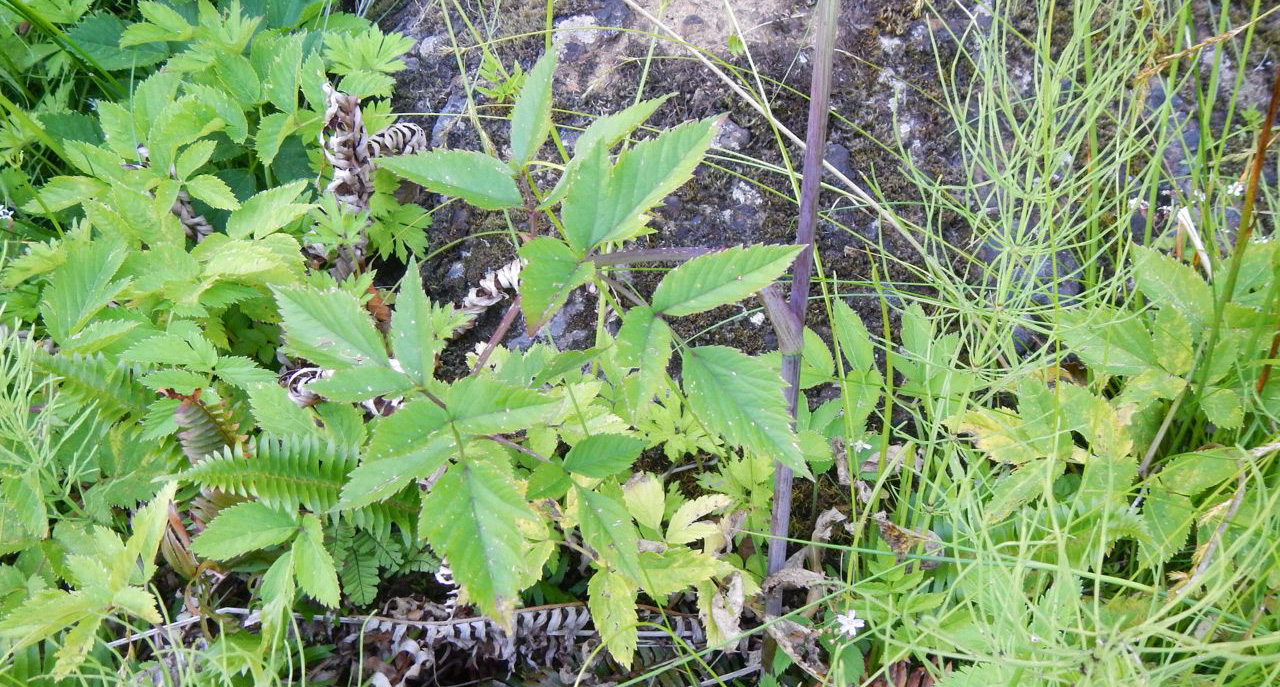Like Saddle Mountain and neighboring Neahkahnie Mountain, Onion Peak hosts an unusually diverse mix of plants. Since the 1970s, botanists had identified some 268 species or subspecies of plants growing on the slopes of Onion Peak.
As of last Wednesday, make that 271.
Onion Peak, east of Arch Cape, is the second-tallest point in Clatsop County, behind only Saddle Mountain and a nearby unnamed peak. It is owned by two timber companies, but the 387 acres at the summit are managed by North Coast Land Conservancy for conservation rather than timber harvest under a perpetual conservation easement. Treeless hilltops and sloped subalpine meadows such as those found on Onion Peak are typically built atop basalt and are known as “balds.” Some plant species found here grow on these mountains and nowhere else in the world. The drifts of wildflowers found in these balds have long blooming seasons, from early spring to late summer, peaking in June and early July. This visit to Onion Peak, on Wednesday, July 6, was timed to coincide with the blooming of a favorite species, a white flower found in wet, rocky seeps and stream sides and known as queen-of-the-forest (Filipendula occidentalis

Queen-of-the-forest
They found Filipendula in bloom, and alongside it, a species that had had not previously been recorded on Onion Peak: Trautvetteria carolinensis, or Carolina bugbane

Carolina bugbane
They also found, for the first time on Onion Peak, Pacific waterleaf (Hydrophyllum tenuipes) and kneeling angelica (Angelica genuflexa). None of the three was in flower yet; botanist Kathleen Sayce, who was on the trip, took these photos at other time in other locations.

Pacific waterleaf

Kneeling angelica
Sayce was accompanied by NCLC Stewardship Director Melissa Reich and Conservation and Stewardship Manager Amy Hutmacher—the three of them are also on the executive committee of the Filipendula Chapter of the Native Plant Society of Oregon—along with wetlands ecologist Doug Ray. Onion Peak lies within what NCLC calls the Coastal Edge Conservation Initiative area: an unusually biodiverse region located between Tillamook Head and Nehalem Bay that, in the space of just a few miles, includes everything from ocean shoreline to 3,000-foot peaks. The land conservancy seeks to preserve complete, contiguous coastal watersheds within the Coastal Edge, allowing the once and future temperate rainforest indigenous to this coastline to again thrive.
Comments